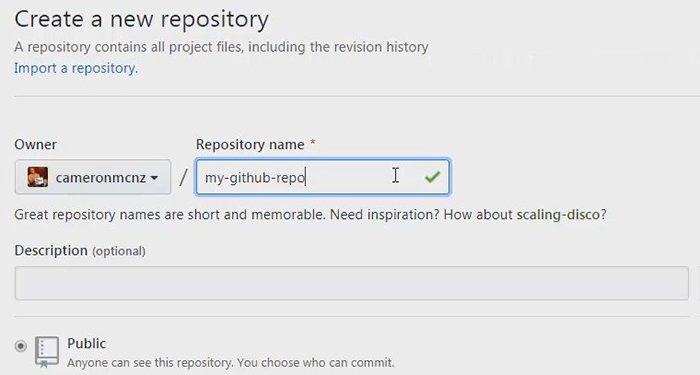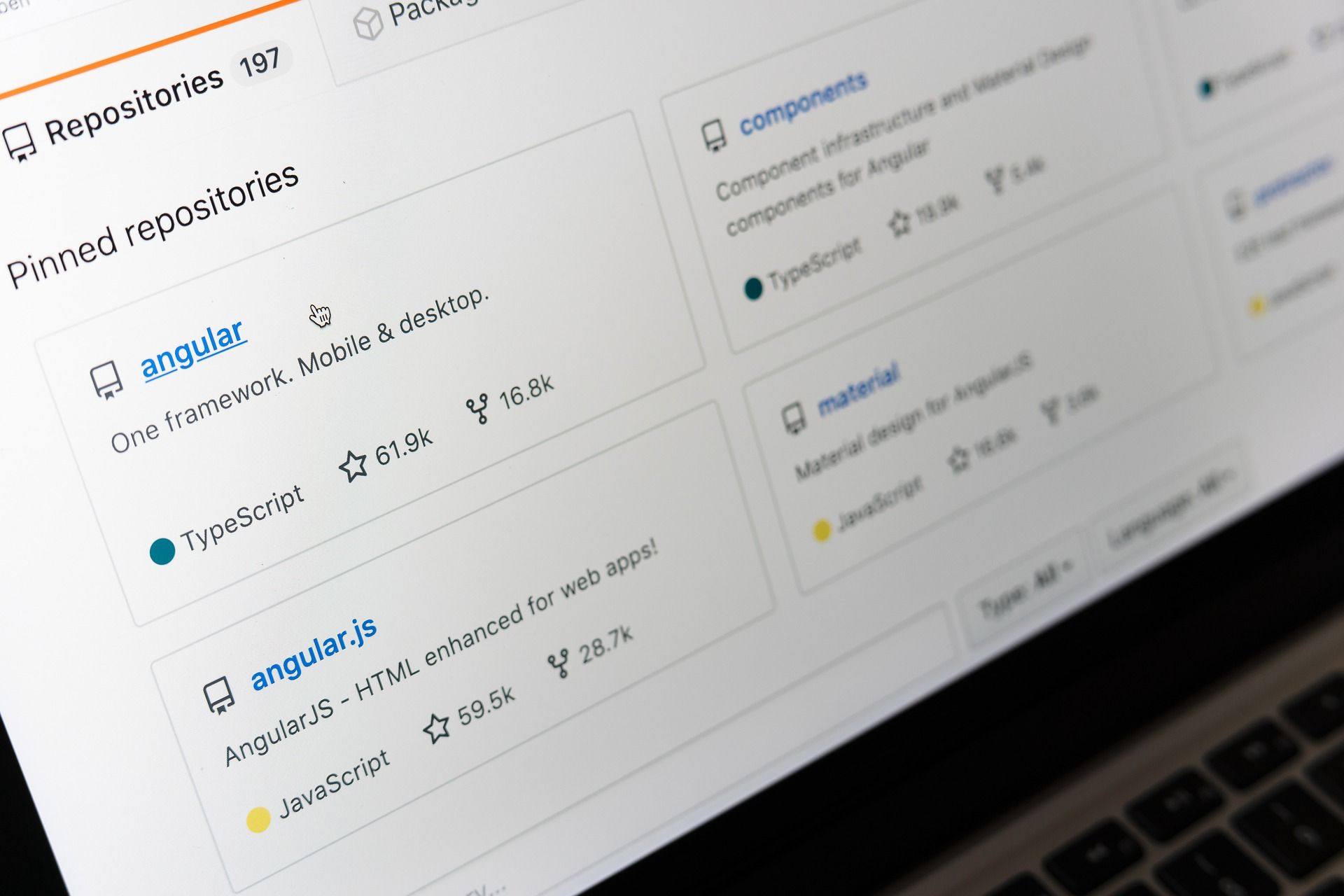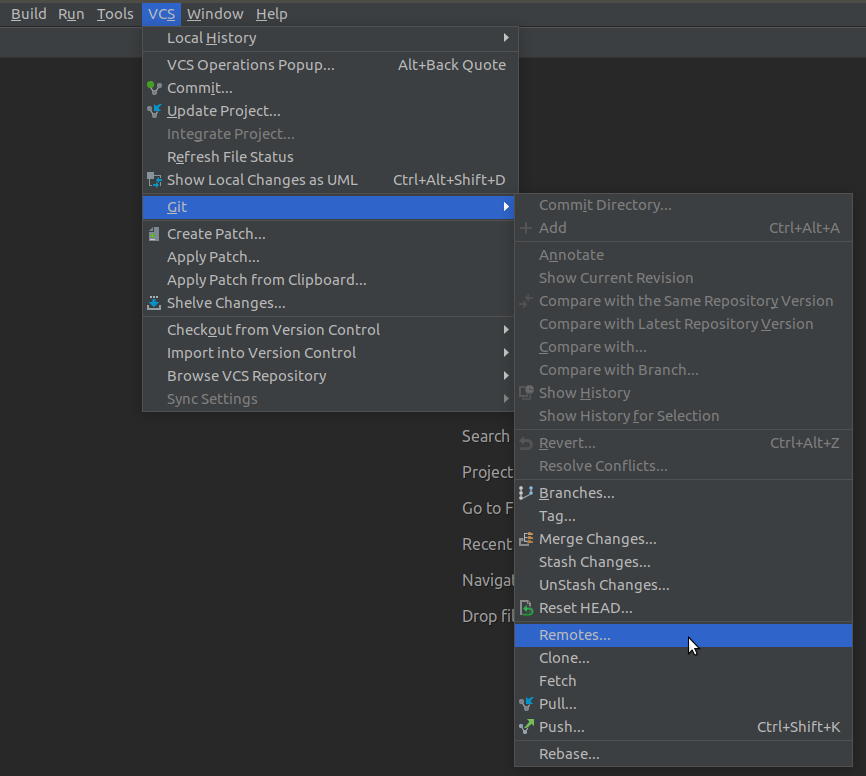

Update: note that the currently accepted answer perpetuates a common misunderstanding about the behaviour of git push, which hasn't been corrected despite a comment pointing it out. I do agree with you that there's some elitism amongst many Git users, but I also found that with Unix users once upon a time, and it was worth ploughing past them to learn the system. Once you understand how data is stored and maintained inside the repository, the commands and what they do become crystal clear. I've felt that Git (unlike most other applications I've used) is better understood from the inside out. You can set your branch to be a tracking branch using the -set-upstream option of the git branch command. The longer command is available in case you need it (e.g., git push might push to the official public repository and git push review master can be used to push to a separate remote which your team uses to review code).

Once this is set up, you can simply say git push and it'll do it. When you clone for the first time, you will get a branch called master and a remote called origin (where you cloned from) with the local master set to track the master on origin. In Git speak, this means that master tracks bar/foo.

It's possible to tell Git something like "the branch called master over here is local mirror of the branch called foo on the remote called bar". The command you've typed is the general one. As for the exact URL, it's the way it is because of the way GitHub has set up its Git server. The git:// scheme is asking Git to use its own internal transport protocol, which is optimised for sending Git changesets around. This means that for file:// URLs, it will be Unix file permissions, etc. Git simply relies on the authentication mechanism provided by the transport to take care of permissions and stuff. Remote repository URLs can be of many types ( file://, etc.). Now about transports (i.e., what git://) means. Once this is executed, all the stuff that you last synchronised with origin will be sent to the remote repository and other people will be able to see them there. This is a command that says "push the commits in the local branch named master to the remote named origin". The command git remote add origin creates a new remote called origin located at Once you do this, in your push commands, you can push to origin instead of typing out the whole URL. These are repositories other than the one on your local disk which you can push your changes into (so that other people can see them) or pull from (so that you can get others changes). To communicate with the outside world, Git uses what are called "remotes".
#GIT ADD REMOTE AND PUSH PRO#
The Pro Git book is a good place to start.Īs you probably know, Git is a distributed version control system. You should consider taking some time off to read one of the many good Git tutorials available online. That being said, once you understand its paradigms and concepts, it has the same Zenlike clarity that I've come to expect from Unix command-line tools. It's about as powerful and as user-friendly as a shell pipeline. It is user-friendly, but it is picky about its friends. It is not bad to be practical, but probably not practical to the point to not know what is going on. and sometimes the person using it is so confident and when asked why, can't explain it, and respond with something like "that's the way it is". Sometimes it feels like a lot of magic without explanation. Can somebody who knows what is going on give some details? git, what else can it be? The git in seems to be a user account on the Git server?Īlso, why does it need to be so verbose to use git push origin master? Can't the default be origin and master? I found that the first time, the origin master is needed, but after a small edit and commit, then git push is all it needs (no need origin master). So why is the URL not but in the other syntax - what syntax is it? Why must it end with. Searching on the Internet shows that git remote add is to add a "short name", such as origin, and it can be any name as well, which is like an alias to a URL.Īnd origin is the usual path of where the remote repository points to (in under "Adding Remote Repositories"). such as in the first chapter of Ruby on Rails 3 Tutorial book, it talks about Git: git remote add origin push origin masterĪnd it pretty much says "it just works" without saying too much about what they are and start talking about branching. Quite often, Git and Ruby on Rails looks like magic.


 0 kommentar(er)
0 kommentar(er)
